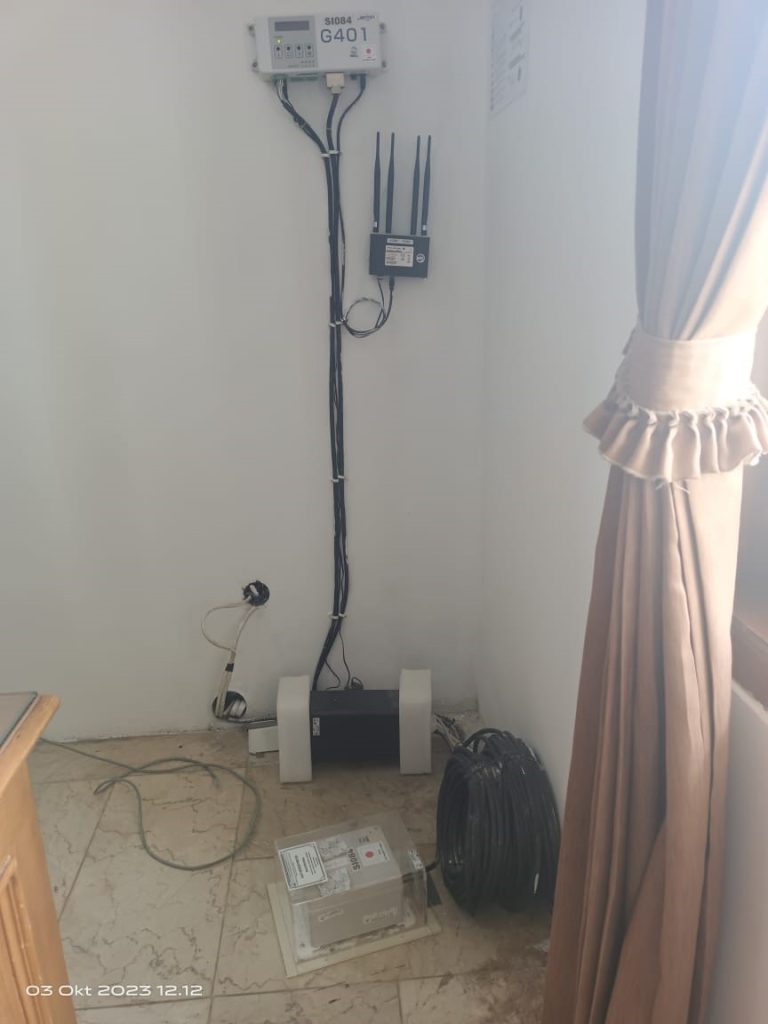[Monday, October 2, 2023] Regarding the coordination and introduction plan of the EEWS BMKG Activity Program from the Center for Seismology, Potential Geophysics, and Time Signals, which involves collaborative research on the development of Ground Motion Prediction Equations (GMPEs) and Ground Motion to Intensity Conversion Equations (GMICEs) in the central Java region, on Monday, October 2, 2023, the Department of Physics at Diponegoro University received a visit from the BMKG team led by the Coordinator of EEWS (Earthquake Early Warning System), Dr. Sigit Pramono, SSi, MSi, the Head of the Banjarnegara Geophysical Station, Hery Susanto Wibowo, S.Kom, MSi, and staff. After visiting the Department of Physics at Diponegoro University, the activities continued with the inspection of sample EEWS equipment, including intensity meters and accelerographs, located in Temanggung and Semarang.
In the 2023-2024 activity plan, to obtain empirical equations for GMPE and GMICE with research locations across Indonesia, BMKG is collaborating with 21 regional UPTs and 33 universities in Indonesia to enhance the performance of delivering better EEWS information. The research locations are divided into 16 clusters, and the Department of Physics at Diponegoro University is expected to generate empirical GMPEs and GMICEs equations that align with the characteristics of the central Java cluster with interface or subduction sources.
EEWS is a device that can be used to mitigate earthquake hazards. EEWS can estimate the time, location, and magnitude of earthquakes and issue warnings before strong ground shaking occurs in the target area. With timely information, people and other facilities can take necessary preventive measures to reduce seismic hazards caused by major earthquakes. EEWS has been tested or is in use in many countries with high earthquake risks. The basic concept of EEWS is to utilize the delayed arrival time of slower secondary waves compared to primary waves. Secondary waves are generally much more damaging than primary waves. It is the characteristics of these waves that enable the functioning of the EEW system.




